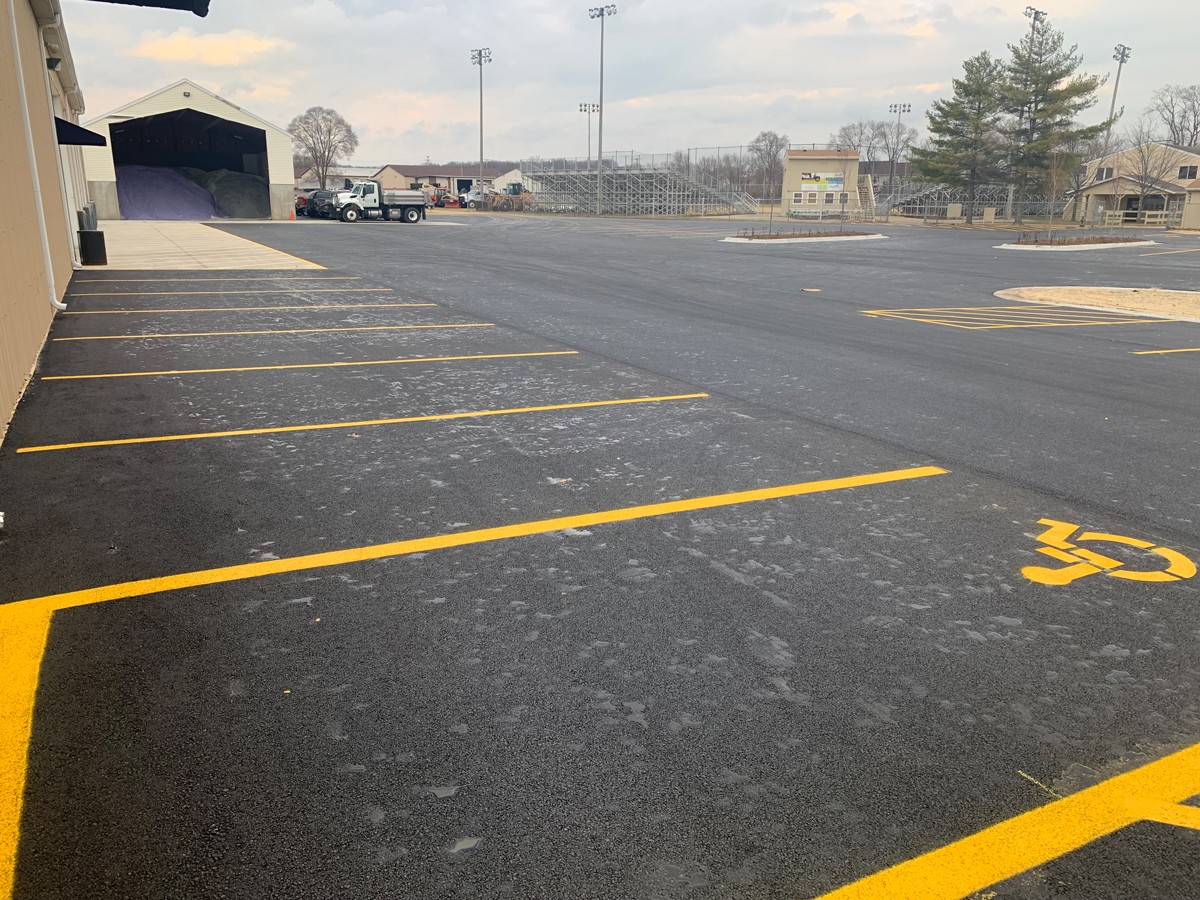Beyond remediation: Using engineered barriers as sustainable solution
You've purchased brownfield property, conducted Phase I and Phase II Environmental Site Assessments, installed a vapor intrusion mitigation system, completed a site investigation, and conducted remediation.
But have you done enough?
Site contamination has potentially lethal consequences and shouldn't be taken lightly. That's why engineers have a variety of options so the best possible solution can be used in any circumstance.
Many times, engineers will layer their remediation approach, combining aggressive techniques to reduce the contaminant mass with a remedy such as an engineered barrier.
Either manmade or natural, an engineered barrier is a solution that limits migration or exposure to contaminants. It can come in handy for instances when it might not be technically or economically feasible to remediate all contamination. An engineered barrier addresses any remaining exposure risk and uses a few different methods to accomplish that.
A barrier to prevent contaminant exposure is designed to keep people or animals from coming into contact with contaminated soil. A barrier may also be used to prevent groundwater from moving through the contaminated soil and reaching the water table. It also could function as a way of preventing contaminated groundwater from spreading vertically.
For projects like this, there are two types of barriers:
- Impermeable. This would include concrete, asphalt or a building.
- Permeable. This is made up of clean soil or landscaping.
Whether you use impermeable or permeable barrier material depends on the contamination. It also considers your property's design and budget. Often, surface covers that can double as engineered barriers are already in place or can be included in the construction process, making them a relatively inexpensive solution.
When environmental experts are consulted early in the redesign process, they can direct contamination solutions so barriers are strategically placed. That way, they serve a function and complement the overall development design.
Consider a development that anticipates attracting more traffic. Perhaps a larger parking lot is needed, and if it's installed in the right place, it also will prevent contamination migration. That's a true design win, having a solution that not only protects people and the environment but also boosts functionality.
At Fehr Graham, our engineering and environmental professionals collaborate on engineered barrier designs to do exactly that. And while we're certainly budget-conscious, our solutions are made to look beyond the bottom line.
While environmental remediation efforts such as engineered barriers are effective for cutting costs on contaminated media disposal, they accomplish something we think is even more important: They make your land safe for generations.
To learn more about engineered barriers and Fehr Graham’s commitment to safety, sustainability and strategic design, contact us or give us a call at 920.453.0700.
 |
Dillon Plamann is a Project Hydrogeologist who helps with soil and groundwater investigations, remedial activities, due diligence and building material assessments. He also works on reports, work plans, proposals, budgets, and Phase I and II Environmental Site Assessments. Reach him at This email address is being protected from spambots. You need JavaScript enabled to view it.. |


